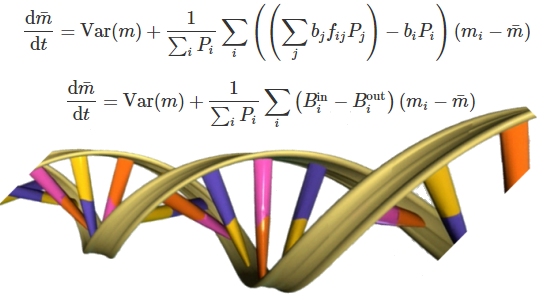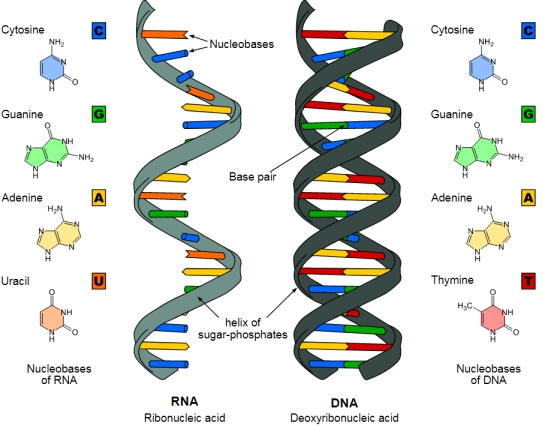
Newsweek headlined its article, “Scott Kelly: NASA Study Confirms Astronaut’s DNA Actually Changed in Space.” The article says:
After landing, 93 percent of Scott Kelly’s genes returned to normal, the researchers found. The altered 7 percent, however, could indicate long-term changes in genes connected to the immune system, DNA repair, bone formation networks, oxygen deprivation and elevated carbon dioxide levels.
The Telegraph headline reads, “Nasa astronaut twins Scott and Mark Kelly no longer genetically identical after space trip.” The article states:
But new findings by Nasa have found that life away from planet Earth has exacted a surprising toll. The pair are no longer genetically identical twins.
Please understand that both of these articles are doing what is typical of the modern media when it comes to science. They are taking results that are really, really interesting, and they are hyping the results to the point where they are not telling the truth anymore. NASA did do a wonderful experiment on the genetic effects of being in space a long time, and while the results are quite remarkable, they don’t indicate that space changes a person’s genes. They indicate that space changes the expression of certain genes, and for some, that change is remarkably long-lived.
Continue reading “NASA’s Study Indicates Space Changes GENE EXPRESSION, not GENES!”










